‘I’ve Always Been an Advocate for Diversity’: Los Angeles Dealer Luis De Jesus on Creating a Space for Latino Artists
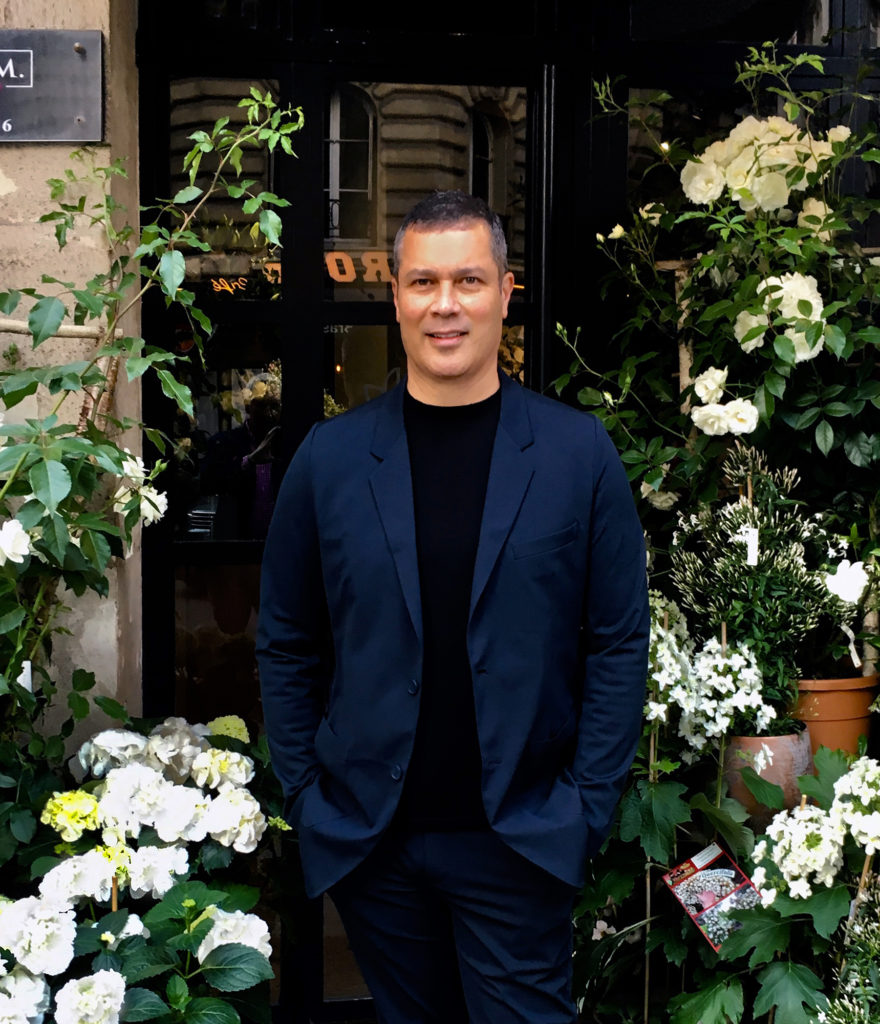

Taylor Dafoe

A former artist and one of only a few successful Latino dealers in the US, Luis De Jesus understands the difficulty of getting the art world to pay attention. Since founding his gallery Luis De Jesus Los Angeles in 2010, he has made a career of showing young artists with something to say, and has quietly become a staple of the city’s art scene in the process.
De Jesus cut his teeth in New York, where he studied art at Parsons, then went on to work in galleries in Soho and Tribeca before deciding to head west. He launched his first gallery in San Diego, Seminal Projects, in 2007, just before the economic recession that caused many galleries—particularly those in regional markets—to fold. De Jesus’s gallery did not, however, and he credits this early experience as priming him for success in the bigger market of LA.
Currently, the gallery has two solo exhibitions on view: a show of collages by the late artist Nathan Gluck and a collection of new sculptures and drawings by Dennis Koch.
De Jesus spoke with artnet News about the differences between the East Coast and West Coast art scenes, the difficult balance of cultivating different identities on a roster, and the particular plight of Latino artists and dealers in the US.
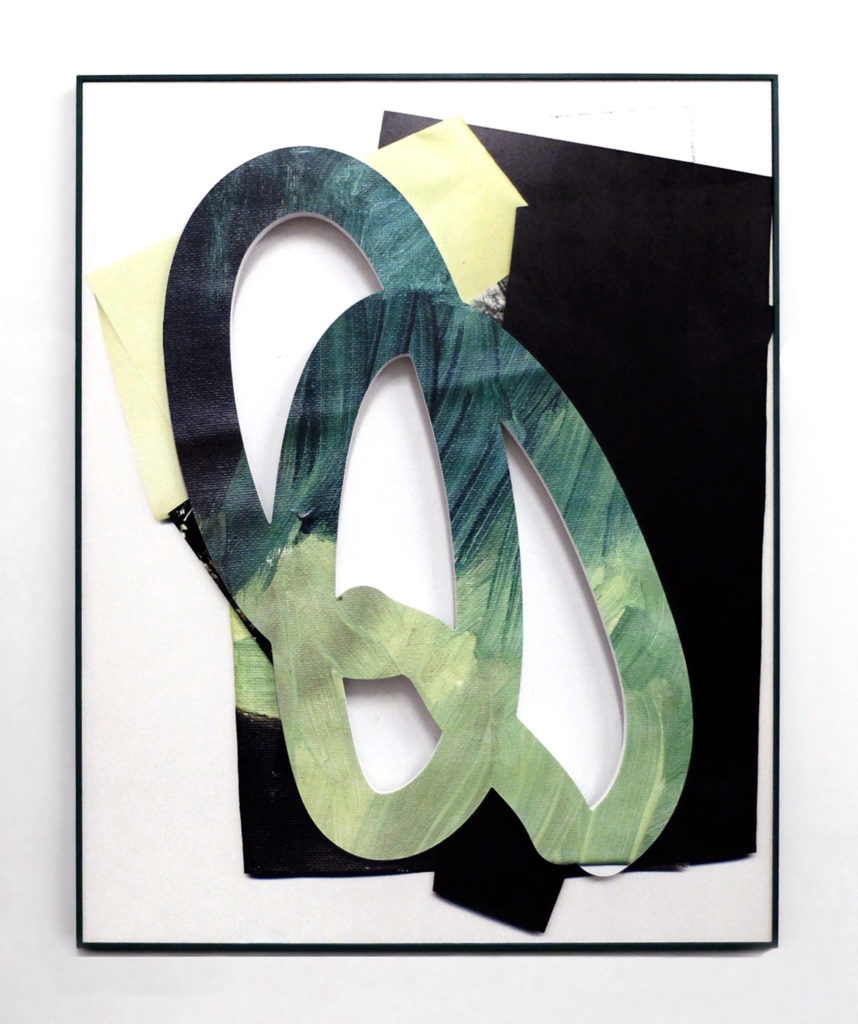
Kate Bonner, The space of the thing (2016). Courtesy of Luis De Jesus Los Angeles.
What are the primary differences between the art scenes on the two coasts?
The difference is primarily the numbers. There’s more of everything in New York—more galleries, more artists, more collectors, more museums and institutions, more curators, more writers and publications. What LA has going for it, for one, is space. You can have a studio or gallery here for a fraction of what it costs in New York—and there’s a real sense that things are expanding and developing. There’s also a wonderful DIY spirit here that is continuously propelling new and different types of platforms for artists. But it’s not without its soft spots. It can feel equally unsettling. There’s a backlash against gentrification, something that isn’t quite as prevalent in New York. Young galleries and artist-run spaces come and go relatively quickly, and the fact that there are fewer galleries means fewer exhibition opportunities for artists and more of a grind, which often squashes dreams and sends people packing to the next place.
In terms of collectors, there are the same types of collectors in both cities—the blue-chip collectors, the serious A-list people who are buying from top-tier galleries—New York just has more of them. More younger collectors are emerging in LA, which is a good thing. What makes New York such a strong collecting city has been the finance industry, developers, as well as generations of collecting history. LA is a younger city that lacks that legacy. We have the entertainment and media industries, that’s where a lot of collectors come from. Also, perhaps because of the distances and traffic, collectors don’t venture out as often, and local sales can be very uneven and sporadic. There’s been a lot of talk lately about the decrease in gallery foot traffic. Well, to be honest, I haven’t seen much of a difference since I started working in galleries a few decades ago. Really, my biggest gripe right now is the Wi-Fi.
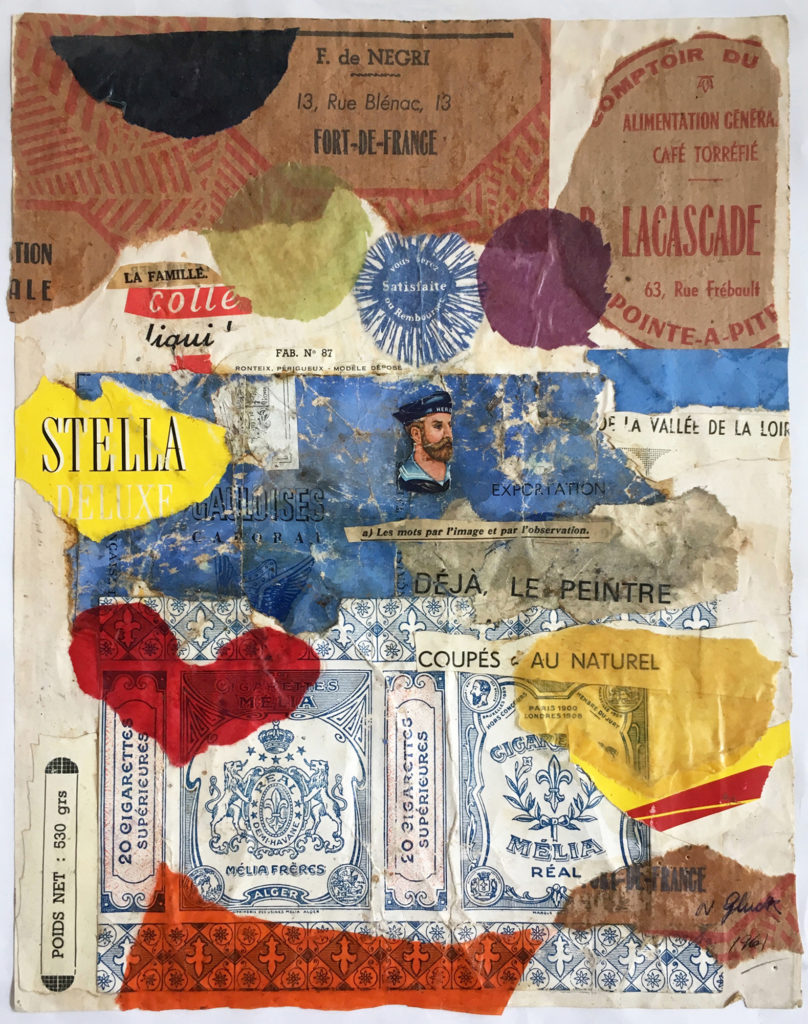
Nathan Gluck, Mathüfue (1961). Courtesy of Luis De Jesus Los Angeles.
There’s so much being made of the “mid-market squeeze” today. How have you learned to overcome the perils of being a relatively small gallery in a market dictated by big galleries?
I don’t chase trends. I’ve just never been that sort of person. I have a very good nose for art and I know where I stand—I don’t try to be something I’m not. And I stick with people for a long time. If I work with an artist and represent them, it’s because I believe in them and I see something in their work that I feel needs to be seen and appreciated over time. I think what has worked for me is following my own lead and sticking with it. Not everyone that we work with does as well as the others and that’s fine. I try to stay in communication with all my artists and be positive. I know the artists’ journey very well; I know that they’re going to have good shows and bad shows, good periods and bad periods, and that you just have to be supportive. That comes with the territory when you’re a gallery that introduces new talent. I also try to be flexible to accommodate talent that I feel should be shared sooner than later. That has permitted us to introduce artists like Erik Olson, Andre Hemer, and Deborah Roberts to the West Coast market. I’m also excited to present upcoming solo shows with Paul Anthony Smith, Peter Williams, Caitlyn Cherry, and June Edmonds. It’s important that these artists have an opportunity to share their stories in our current environment and for me to present art that makes a difference and speaks to my own interests.
Do you have ambitions to be a blue-chip gallery on par with the Zwirners and Gagosians of the world, or will that compromise the tried-and-true ethos you’ve developed for the gallery?
You know, it’s not that I haven’t thought about it. It’s just, for me, right now, it’s not something that I spend a lot of time thinking about. It’s not what my day-to-day reality is, so why even bother wasting time on it. I think if I get there, I get there. If I don’t, that’s fine just as well. I’m enjoying what I’m doing now, and that’s the most important thing to me.
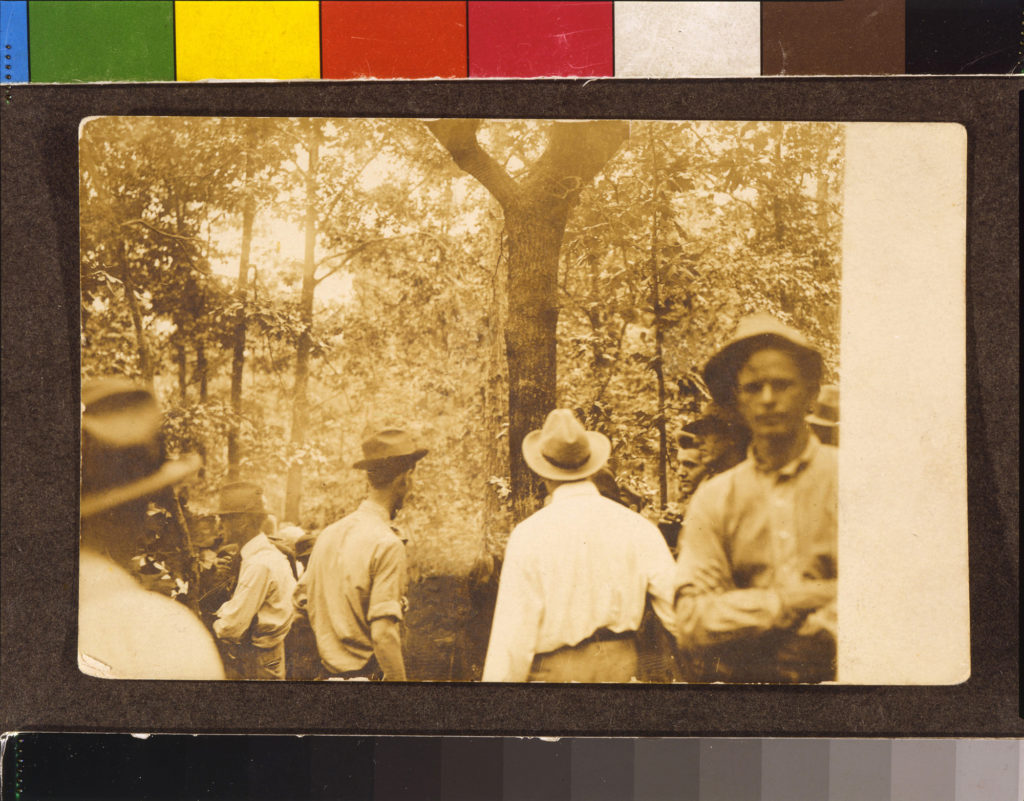
Ken Gonzales-Day, Marietta, GA (Erased Lynching) (2013). Courtesy of Luis De Jesus Los Angeles.
You have a lot of younger, up-and-coming names on your roster—people like Kate Bonner, Zackary Drucker, Chris Engman, and Josh Reames, among others. How do you discover artists and what do you look for in new work?
I’m always looking at artists. That’s one of the biggest benefits of being a dealer: getting to know people and looking at their work closely. It’s like being in a candy store—you want to have it all but it’s impossible; your stomach will only allow so much. There’s so much great art that I enjoy and want to share with people. But at the same time, I also realize that I can only do so much. I look for artists who are offering something that is very unique and different within the current dialogue of art. It was like that when we first met Zackary Drucker back in 2010, for instance. Immediately, she stood out to me. When I got together with her and started looking at her videos and performances, I said, “Shit, I don’t know anybody else doing this right now.” As a transgender artist, she tapped into an entire legacy of people being marginalized because of their gender and sexuality. It also spoke very strongly to me because of my own history as a gay man and a bit of an activist, having survived the AIDS crisis and personally knowing many artists and friends who succumbed to it. Her work just spoke to me right away. I said, “This is somebody that I want to get behind.”
Ken Gonzales-Day, who currently has a solo show at the National Portrait Gallery and is included a group show at Jack Shainman, is another artist we have been working with for years. His work is challenging on many levels to people because he’s dealing with some real shit—racism, lynching, erased histories, our understanding of beauty and so on. As a man of mixed heritage, a brown person, he comes at it from the Latino (Mexican-American) point of view. One museum director actually admitted that his work is too provocative for their institution. Yet Ken is dealing with relevant and current issues that we are trying to reconcile—and it is simply great work. I applaud the curators, collectors, and institutions who are not afraid to be part of this conversation.
And Kate, Josh, and Chris have their own unique approach to their work. As young artists they continue to evolve. They’re serious, hardworking artists with very promising futures.
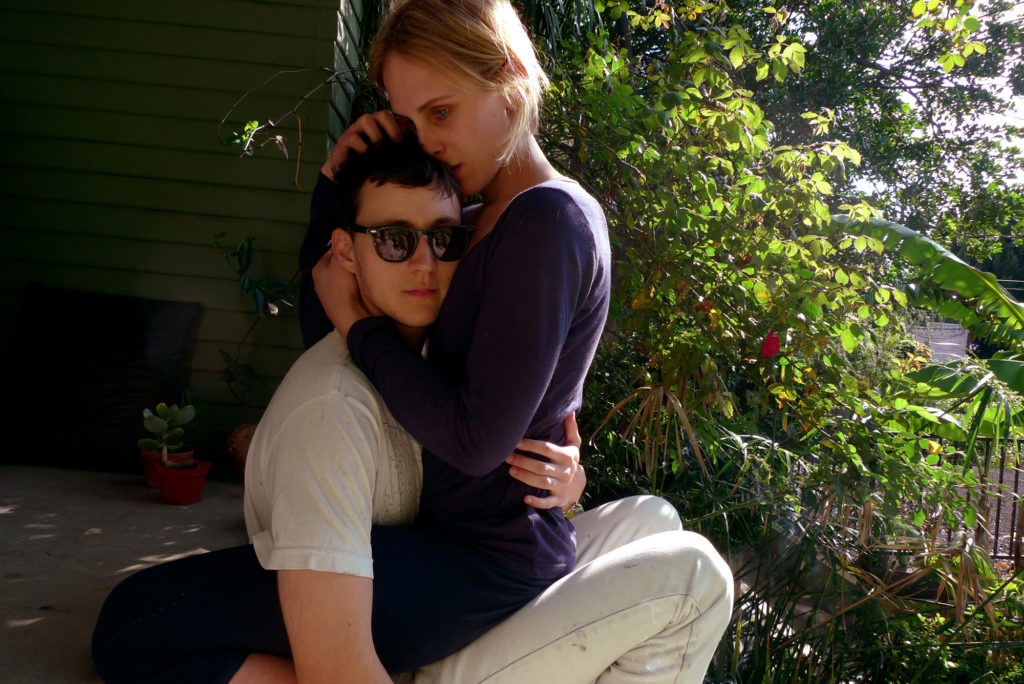
Zackary Drucker and Rhys Ernst, The Longest Day of the Year (Relationship, #23) (2008-13). Courtesy of Luis De Jesus Los Angeles.
Your roster is also refreshingly diverse in terms of age, ethnicity, style, and so on.
I find the idea of “representing” a little tricky. In the past, we’ve actually been singled out as a gallery that doesn’t represent enough women or black artists. Or that our program is too socio-political. That’s been hard for me to understand as I’ve always been an advocate for diversity. If you look back at my history you’ll see that. In fact, some of the earliest shows I did as an independent curator in New York, back in the late 1980s and early ’90s, were filled with women and artists of color—many of whom have gone on to accomplish great things. So I’ve never thought that one’s roster represents the true picture of their gallery. I also work with new artists at fairs and group shows. That’s a way for me to expand and provide opportunities for deserving artists. My program is not necessarily just reflected by those 18 or 20 artists that are listed as represented artists at one time or another. The program continues to evolve and is really everything and everybody that I show. Like I said before, I wish I could represent a lot more artists than I do, but I know I can’t.
I’m Puerto Rican. I’m Latino. One of the things that I’ve had to deal with is the reality that there are very few brown gallerists in this business. There was a recent article in T Magazine about the lack of black dealers. No one ever talks about the fact that there are very few Latino or brown dealers, and fewer of them are given the recognition they deserve by critics, collectors, even by art fairs and fellow dealers. Prejudice and fear of the “Other” exists in the art world. It’s often elitist and cliquish, and really not that different than the rest of society.
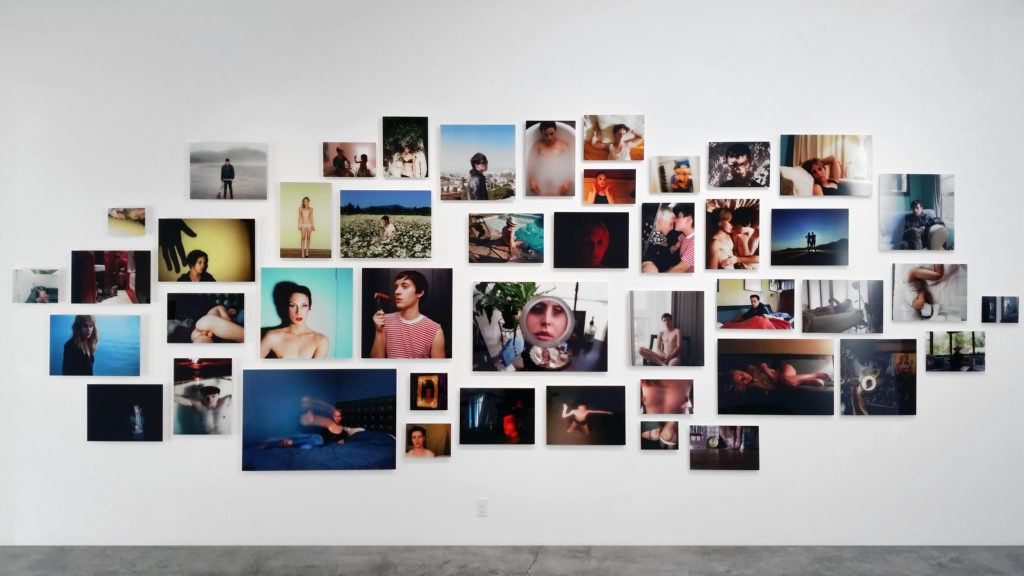
Installation view of Zackary Drucker and Rhys Ernst’s “Post/Relationship/X,” 2014. Courtesy of Luis De Jesus Los Angeles.
Why do you think there are so few Latino dealers in the country? Are there fewer avenues for them to open their own spaces?
Well, for one, my experience has convinced me that there’s a lack of Latino collectors, at least locally. We had a visit from one of the biggest collectors in LA who wanted to purchase a work by Hugo Crosthwaite and demanded a 50 percent discount. Needless to say, he’s not in that collection. One of the things that you’re seeing now with the surge of black artists that has been coming for a while is the parallel rise of the black collector in this country. When you have major stars and industry people becoming big collectors, that helps a great deal. They bring power and money and exposure that is instrumental in helping black artists, many of whom should have received recognition much earlier in their careers. I have not seen that as much with Latino collectors. There are very good Latino collectors, though they’re spread out all over the place—not just in the US, but all over the world. I think it’s a sign of the times, basically. Just look at everything that has been going in this country over the last four or five years.
You mentioned the wave of black collectors preceding or emerging alongside the rise of black artists right now. Do you foresee a world in which that happens with the Latino community as well?
I don’t know. I don’t see it myself yet. It could happen, but I don’t think it’s going to come about tomorrow. It took a while for this to happen within the black community. So many factors had to converge to make it possible—the rise of black curators and collectors in this country, Black Lives Matter, and the visibility of talent itself—there are an incredible number of great black artists working and being exhibited and represented right now. There’s a lot of great contemporary Latino artists as well, and we represent several and have shown many others over the years. But the support system that they have is simply not on par with that of other communities. And the issues that they deal with are perhaps, in a sense, further removed from the experience of the average collector in this country. That impacts their opportunities. It impacts the economics and the ability for them to get more shows and into great collections. Despite the recent Getty LA/LA initiative to bring attention to Latino art and artists, one could argue whether it’s produced a ground-shifting and lasting effect. Time will tell.
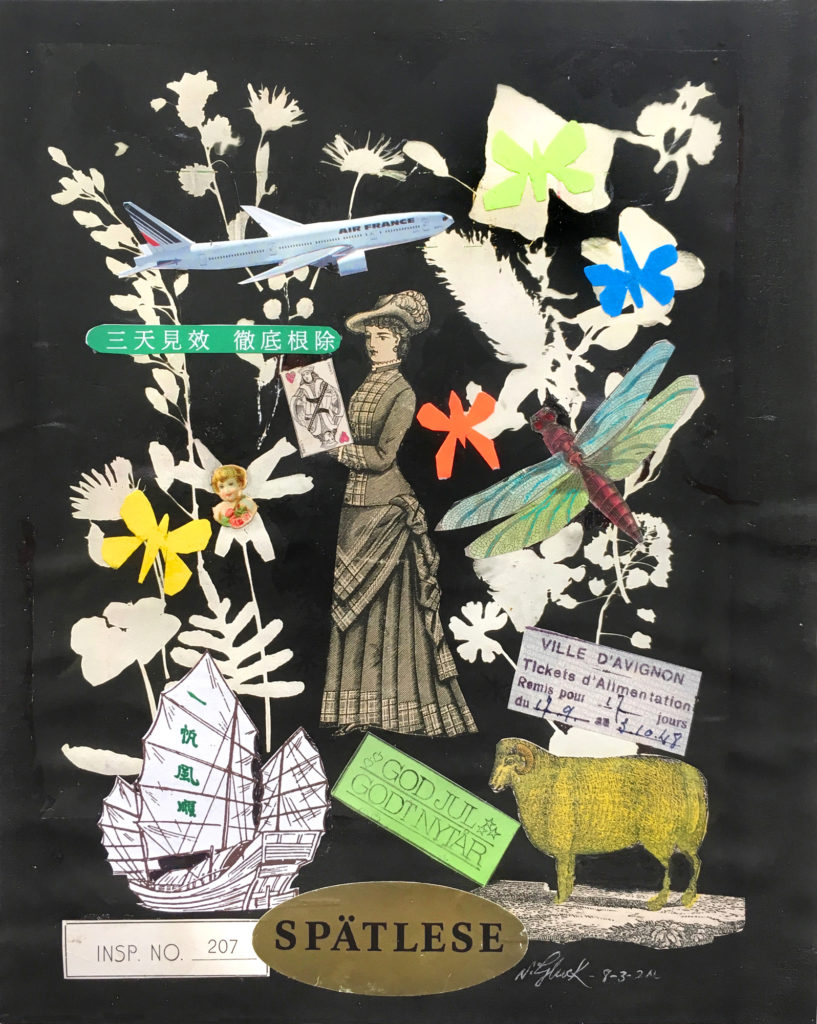
Nathan Gluck, Mary’s Little Ram (2000). Courtesy of Luis De Jesus Los Angeles.
SOMETHING ELSE: The Collages of Nathan Gluck and DENNIS KOCH: Beyond the Funny Farm! Crypto-K, Cutouts, Cut-ups, Copies, Mirrors, Membranes, and Temporal Algorithms are on view at Luis De Jesus Los Angeles through July 28.
